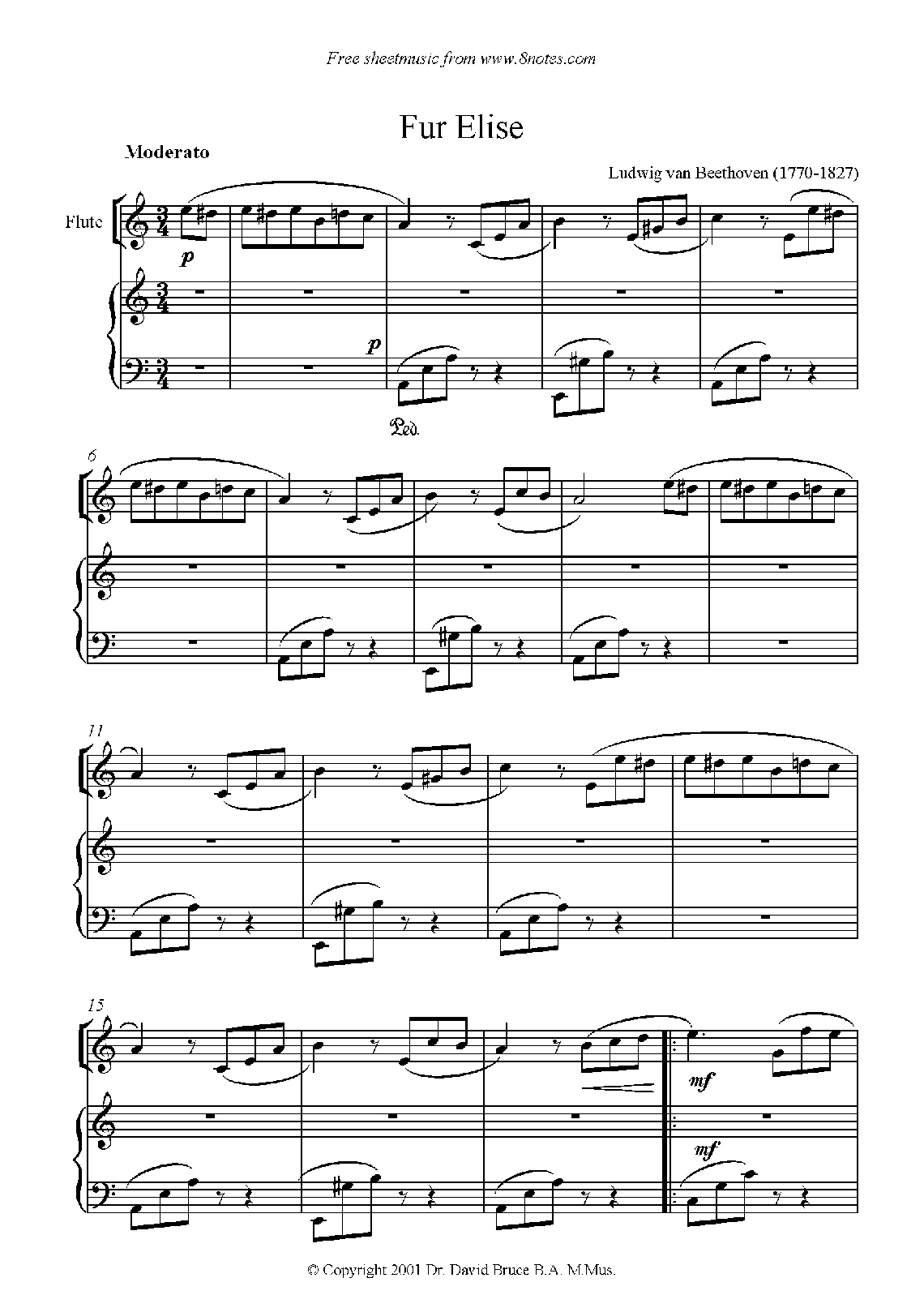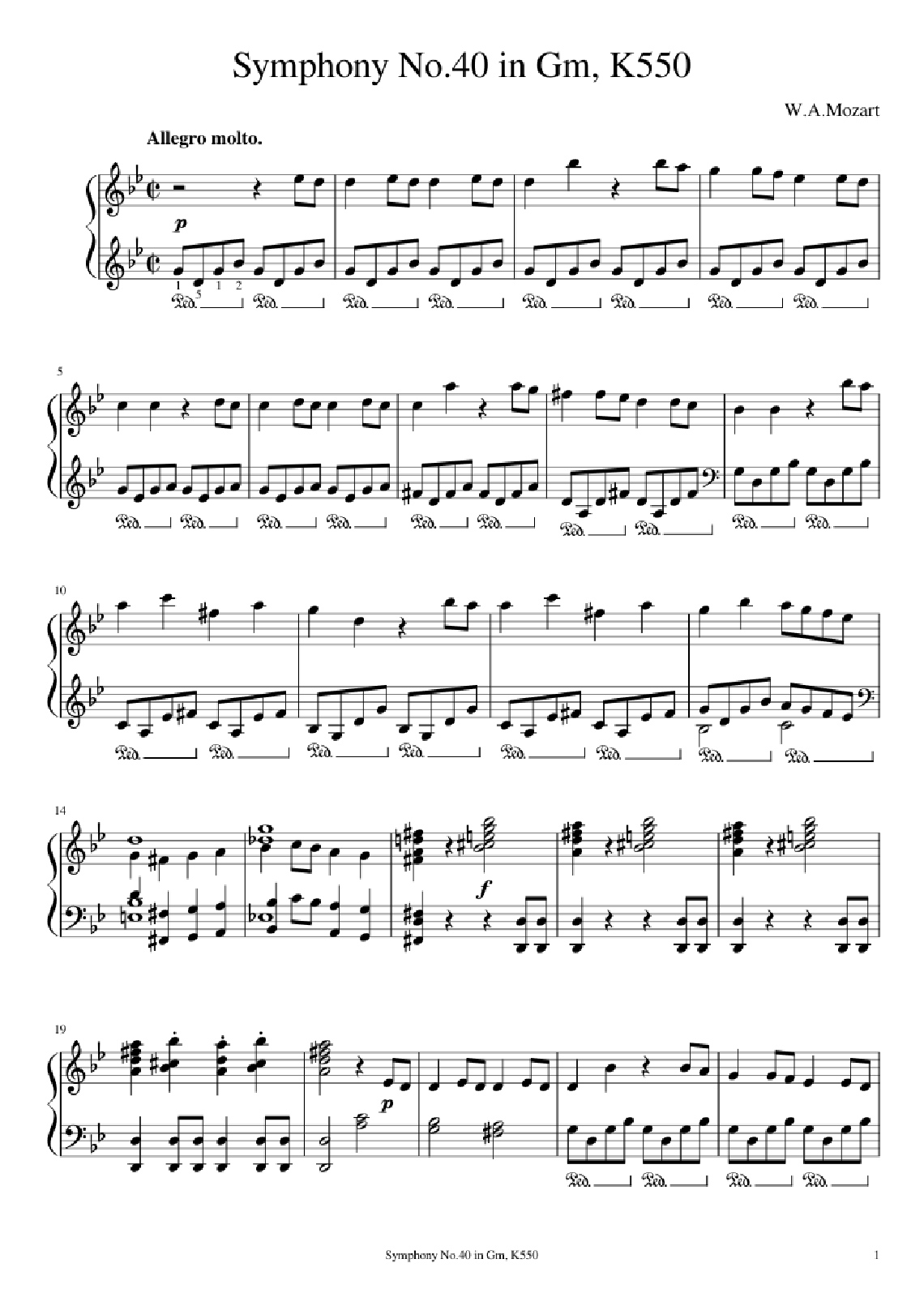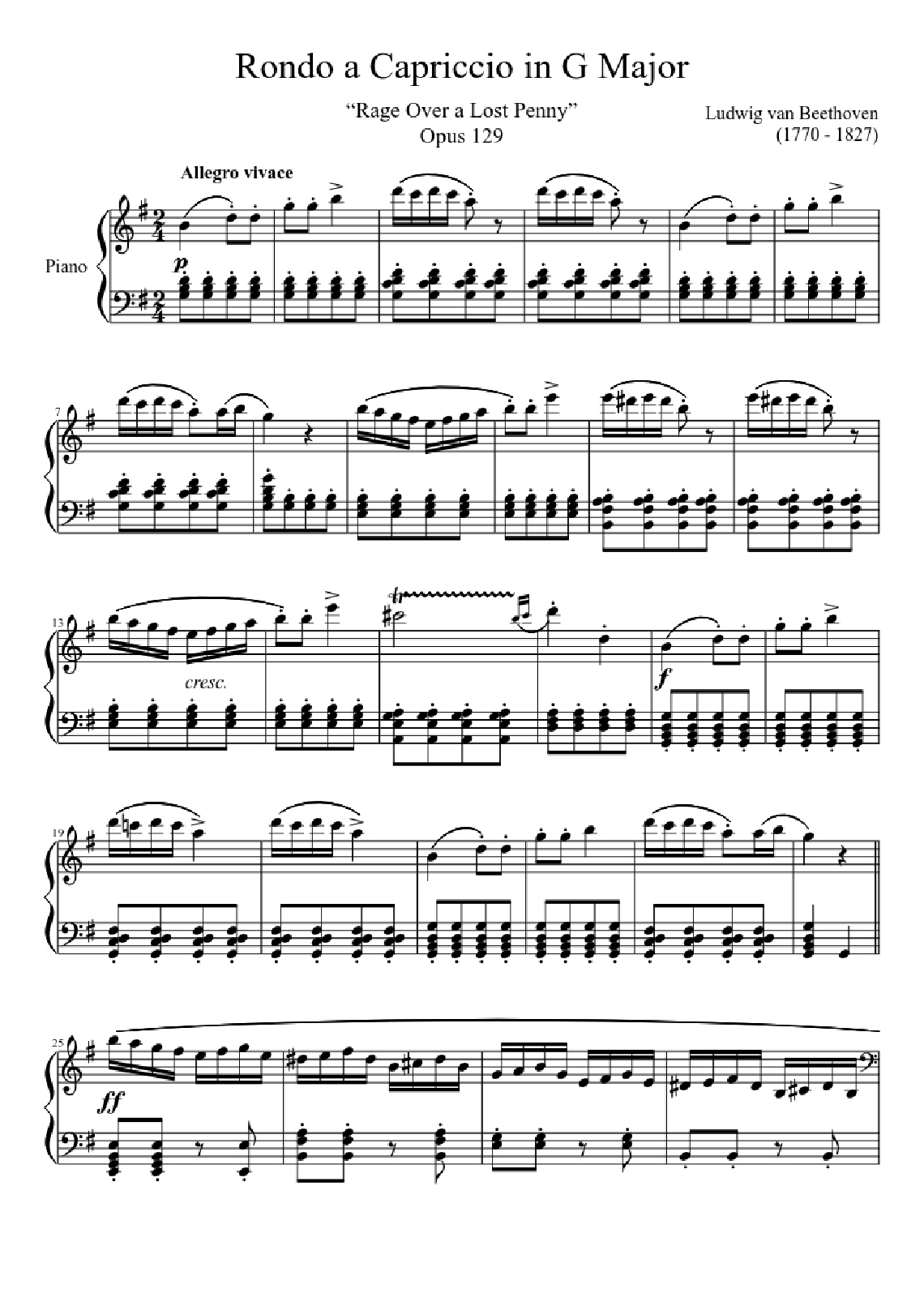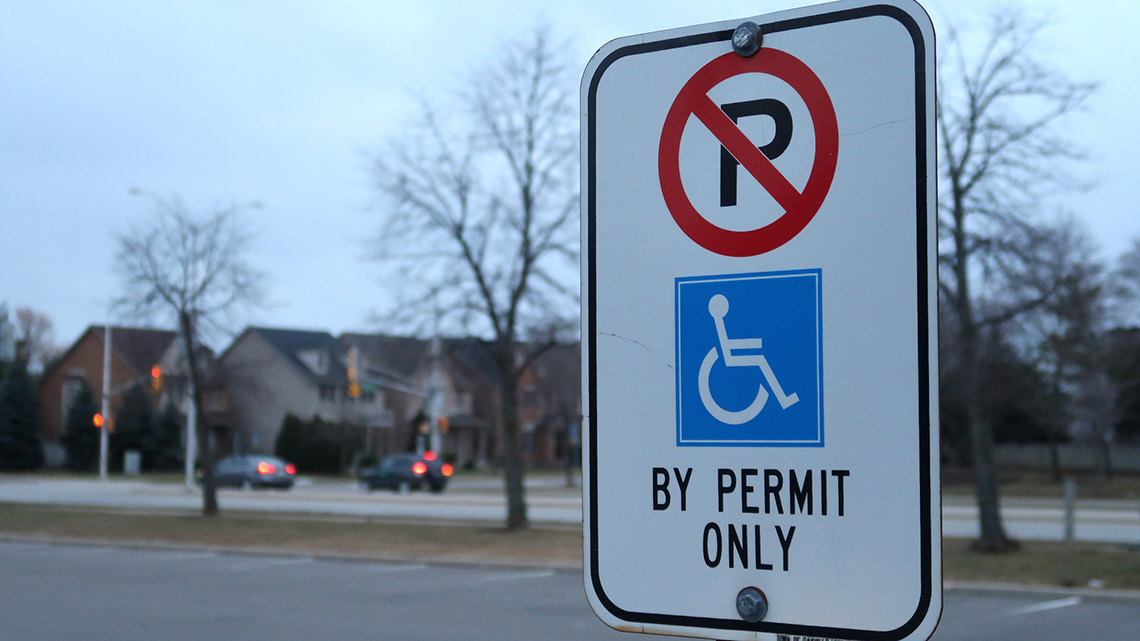Minds On
Today’s vocabulary
Press the following tabs to access today’s vocabulary.
Let’s get started
What might someone do?
Explore the following signs and their descriptions. What might someone do when they encounter each sign? What information could be communicated with the sign? Record your ideas in a method of your choice.
If possible, share your answers with a partner.
Action
Get ready, get set…
Musical signs
In our Minds On Activity, we explored what a variety of different signs might indicate. Did you know that there are signs in music as well?

Two teachers talking. The first teacher says:
There are so many different signs in musical compositions. What are they called?
The second teacher responds:
We call these signs markings!
In this activity, we will focus on dynamics and duration markings. Dynamics means volume levels and intensity levels. Tempo is included in the element of music called duration. It refers to the speed of the beat in a piece of music.
Press the following tabs to access examples of duration and dynamic markings that may be encountered in musical compositions. You can use these as a reference as we start to explore some music together.
Here are some examples of dynamics and other expressive markings.

There is a table entitled "Dynamics and Other Expressive Markings." There are three columns entitled "Symbols," "Name," and "Meaning." The first row has the symbol "pp," which is named "pianissimo," and means "very soft." The second row has the symbol, "p," which is named "piano," and means "soft." The third row has the symbol "mp," which is named "mezzo piano," and means "medium soft." The fourth row has the symbol "mf," which is named "mezzo forte," and means "medium loud." The fifth row has the symbol "f," which is named "forte," and means "loud." The sixth row has the symbol "ff," which is named "fortissimo," and means "very loud." The seventh row has a symbol that starts on the left with two horizontal lines meeting at a point and then opening out and away from each other at an increasing angle. This symbol is named "crescendo" and means "gradually getting louder." The eighth row has a symbol that is the opposite of the symbol in the seventh row. It starts on the left with two horizontal lines that are angled downward until they meet on the right at a point. This symbol is named "decrescendo" and means "gradually getting softer." The ninth row has the symbol "fp," which is named "fortepiano," and means "loud, then immediately soft." The tenth row has the symbol "sfz," which is named "submit forzando," and means "suddenly, with force."
Here are some examples of tempo markings.
|
Tempo Markings |
||
|---|---|---|
|
Name |
Meaning |
Beats Per Minute |
|
accelerando |
accelerating, getting faster |
|
|
adagio |
slow |
66-76 |
|
allegretto |
moderately fast, slightly slower than allegro |
172-176 |
|
allegro |
fast |
120-168 |
|
andante |
relaxed, moderately slow tempo |
76-108 |
|
andante moderato |
moderate tempo, faster than andante |
92-112 |
|
grave |
very slow |
25-45 |
|
largo |
very slow and broad |
40-60 |
|
lento |
slow |
45-60 |
|
moderato |
moderately |
108-120 |
|
prestissimo |
extremely fast, faster than presto |
200 and above |
|
presto |
very fast |
168-200 |
|
vivace |
fast and lively |
140-176 |
Let’s examine these signs as they are written in standard notation.
Press ‘Definition’ to learn more about standard notion in musical compositions.
Standard notation in music refers to a written piece of music that uses a five-line staff, with notes written in alphabetical order from A to G.

The five lines running parallel to each other make up the staff
As written in standard notation, musical notes appear on the staff beginning with a quarter note under the bottom line and then gradually moving up the staff to the next line. The fourth note is in the space between the bottom two lines. The subsequent notes move up the staff and alternate between appearing on the line and in the space between the lines. The last note appears above the staff.
Beneath the notes are letters, which are written in alphabetical order from A to G. In the example, the beginning quarter note is C, then D, E, F, and G, then A, B, C, D, E, F, G, and finally A, B, and C.
Signs for duration

Two teachers talking. The first teacher says:
How will the musician know what tempo to play the piece?
The second teacher responds:
A word above the five-bar staff cues the musician. This is called the tempo marking.
The tempo marking tells the musician the speed with which to play the piece. It also informs them of a range of beats per minute (bpm) in the piece.

A piece of music is written in standard notation. The word “Adagio” is above the staff and is circled. An arrow pointing to it with text states: This word above a piece directs a musician to play that section slowly.
Recall the tempo markings chart from the beginning of the Action section. According to the chart, adagio means to play at a slow tempo. The chart also notes that the beats per minute for adagio are in the range of 66-76 bpm.
One way for a musician to maintain a consistent tempo in this range is to use a metronome. It is a tool that provides a steady click that represents the beat.
Musicians can set their metronome for bpms while playing a piece of music to help keep a certain tempo. They can also set the metronome so that one click equals one quarter-note.
Explore the following video to learn more about the metronome.
In some musical compositions, bpms are marked by the following image instead of words in standard notation.

This is a metronome marking. It indicates that the beat of the piece is 120 beats per minute and that a quarter note gets one beat. This means that there are 120 quarter note beats in a minute.
Signs for dynamics
Dynamics are another type of marking in musical compositions. They are found throughout the piece and appear under the five-bar staff as letters or symbols to signal dynamic changes to the musician.

The dynamic markings, “pp,” “f,” “>” and “mp,” are circled beneath the five-bar staff.
The letters “pp” appear under the five-bar staff in the first bar. After the first bar, the letter “f” and then a decrescendo symbol appear under the notes, and then the marking “mp” appears under the last note.
Signs for duration and dynamics
Let’s put duration and dynamic markings together in this example.
What markings indicating dynamics and/or tempo are included in the following excerpt of a musical composition?

The markings on this small excerpt of the song “Lullaby,” by Johannes Brahms include the word “Andante,” the letter “p” and the letters “mf.”
Now that we’ve explored how markings for duration and dynamics are combined in musical compositions, let’s review what each marking in the example means.
Select the correct answer for each question or statement below, then press ‘Check Answer’ to see how you did.
Did You Know?
Crescendo and decrescendo symbols
You may have noticed that the crescendo and decrescendo dynamic markings appear to be different lengths in some pieces.
If the crescendo or decrescendo symbol is long and appears under more than one note, that means to build or decrease the sound slowly. If it is short and only appears under one note, that means to build or decrease the sound suddenly.
Go!
Let’s practise determining the tempo and dynamic markings in the following piece. There may be other markings in the composition, but only make note of the tempo and dynamic markings.
Press the following tab to explore “Russian Folk Song” by Beethoven.

The tempo marking for this piece is vivace. Under the first note, the dynamic marking is “mf.” In the ninth bar, the marking “mf” appears again. In the twelfth bar, “> (decrescendo)” appears under all of the notes. In the thirteenth bar, under the first note is the dynamic marking “f.” In the second last bar, a “< (crescendo)” appears under all the notes.
Once you have explored the markings in “Russian Folk Song,” review the questions and statements below. Select the correct answer, then press ‘Check Answer’ to see how you did.
Now, let’s try using the next excerpt of a musical composition to discuss how this piece should be played. Make note of only the markings for dynamics and tempo.
Press the following tab to explore “Für Elise” by Ludwig van Beethoven.

The tempo marking at the beginning of the piece is moderato. Under the first note is the dynamic marking “pp.” In the next bar, there is a crescendo symbol that is under the first three notes and then a decrescendo symbol under the next three notes. This happens again in the same way in the sixth bar.
Performing a piece
If someone were to play this piece, what markings would they need to consider? How would they play this piece?
Record your answers in a method of your choice.
Press ‘Answer’ to reveal one possible way to answer these questions.
The tempo marking “moderato” at the beginning of the composition lets me know it is to be played moderately. Under the first note is the dynamic marking pp or pianissimo. This means that the piece begins very softly.
In the second bar there is a crescendo symbol that lasts for three notes. This means that the build happens as the musician is playing these three notes. In the same bar, there is a decrescendo symbol under the next three notes, meaning the musician should soften the sound gradually over these three notes.
This same dynamic change happens later in the sixth bar so the dynamics will change again in this bar. There are no other dynamic markings, so the remainder of the piece will end moderately, as it began.
Why are tempo and dynamic markings so important to a musician when performing a musical composition?
Press ‘Answer’ to reveal one possible way to answer this question.
Each musical composition is created to be played at a specific tempo. The musician needs to know this tempo to play the piece effectively. The composition will often include dynamic markings throughout the entire piece. It is meant to be played with different dynamic levels, which draw out the emotion of the composition. Without the markings, the musician would not know how the composer intended the piece to be communicated.
Consolidation
Putting it all together
How would you perform this piece?

Choose one of the following excerpts of musical compositions. For the chosen composition, you will share your understanding of both standard notation and tempo and dynamic markings to explain how this piece should be performed. You may also select another excerpt of a musical composition of your choice.
If possible, locate a digital metronome online and experience the tempo of the bpms for this composition while exploring the excerpt.
Record your ideas using a method of your choice.
Press the following tab and select one of the excerpts you may use for this activity.

The tempo marking at the beginning of the piece is presto. Under the first note is the dynamic marking “mp.” In the ninth bar, the dynamic marking “mf” appears under the last note.

The tempo marking at the beginning of this piece is allegro vivace. Under the first note, the dynamic marking “p” appears. In the ninth bar, the dynamic marking “mf” appears under the first note, followed by a long crescendo symbol that lasts almost two bars. In the eleventh bar, the dynamic marking “p” appears under the first note.
Pause and Reflect
Let’s review
Reflect on the following questions and record your responses using a method of your choice.
- How did you determine when to change the dynamics in the piece?
- How did you determine the tempo marking if it did not appear in the chart?
- How did knowing the beats per minute affect your understanding of the composition? How might the use of a metronome support one’s understanding of tempo?
Reflection
As you read the following descriptions, select the one that best describes your current understanding of the learning in this activity. Press the corresponding button once you have made your choice.
I feel…
Now, expand on your ideas by recording your thoughts using a voice recorder, speech-to-text, or writing tool.
When you review your notes on this learning activity later, reflect on whether you would select a different description based on your further review of the material in this learning activity.




